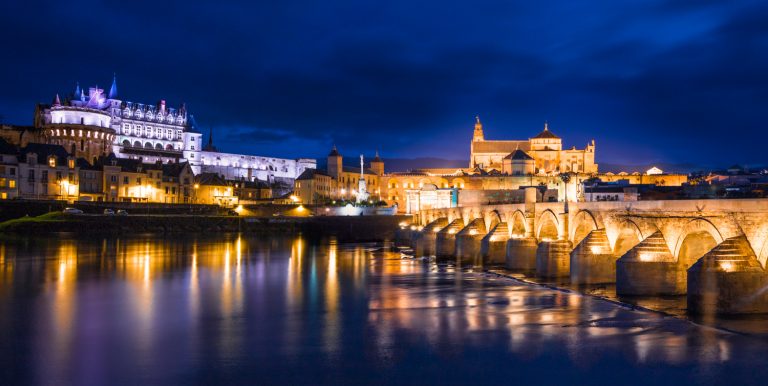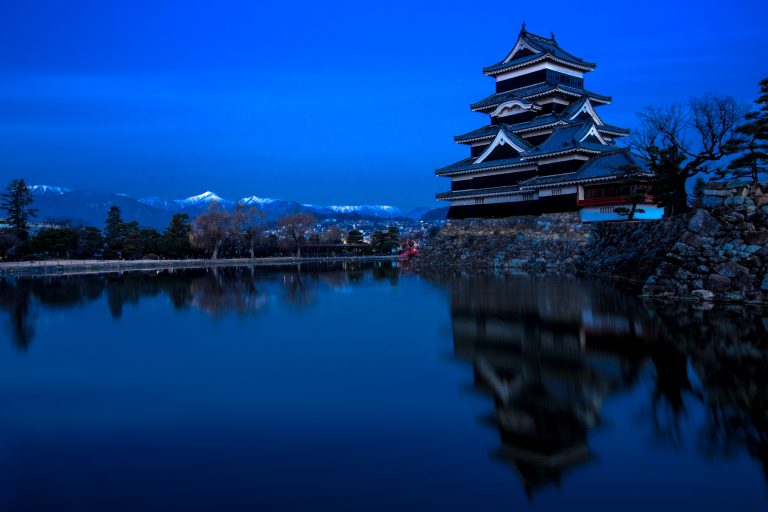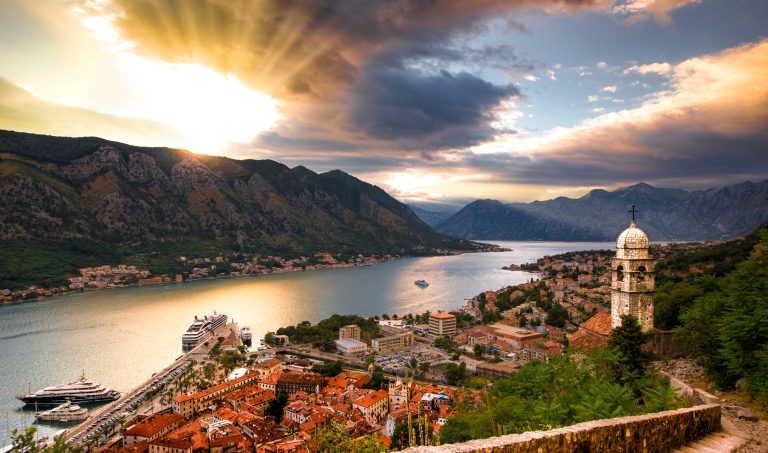The tourist season had not begun yet in Mostar, and there were a sprinkling of mostly eastern European tourists getting a head start on their vacation. As we were wandering around the Kriva Cuprija, or the crooked bridge – that looks like a replica of Stari Most but did survive the bombings of the Yugoslav Wars – I felt a tap on the shoulder. Turning around, we saw this young couple from Dresden who we had met near the Sarajevo tunnel the day before, giving us a big smile. Yes, it was that sparse. Enough to allow strangers to recognize one another.
The signs of war were omnipresent in Mostar. From kitsch art made out of bullet casings from the war, to wall signs of “Don’t Forget ‘93” and “All gave some, Some gave all”. It was an eerie reminder of how quickly things can change between harmony and chaos. You could see a town, a country, a generation, struggling to bootstrap itself back to the safety of an equilibrium.
As we crossed over from the primarily Orthodox western side of the town, over the Stari Most to the more picturesque and primarily Muslim eastern side, we saw huge flags of deep red with a white crescent moon and a solitary star hanging from buildings and shops. Was this the Bosnian flag? Didn’t seem to recall that being so. A little bit of digging on Google and the flag of Turkey popped up.
As we walked deeper into the alleys and charming squares of this part of town, we saw more of these bright red (Turkish) flags. Feeling a bit overwhelmed by the sights, and treading the fine line between curiosity and trouble, we decided to head back to our pansion and ask our host about the reasons for the ubiquitous Turkish flag.
For one, the flag was Turkish, but in essence represented the Ottoman Empire, the 1844 AD version of which was the direct precursor to the flag of modern day Turkey. But why? The war-torn region had seen it’s ups and downs over the years, and in times of hardship, the beacon of hope – the people, the country, the state that they aspired to be was the Ottoman Empire. The Empire, and therefore, the flag, was a reminder of the glory that once was, and maybe one day, could again be.
But the fact that not a single Bosnian flag was visible, speaks volumes to the temporal state of harmony that exists in the region.







